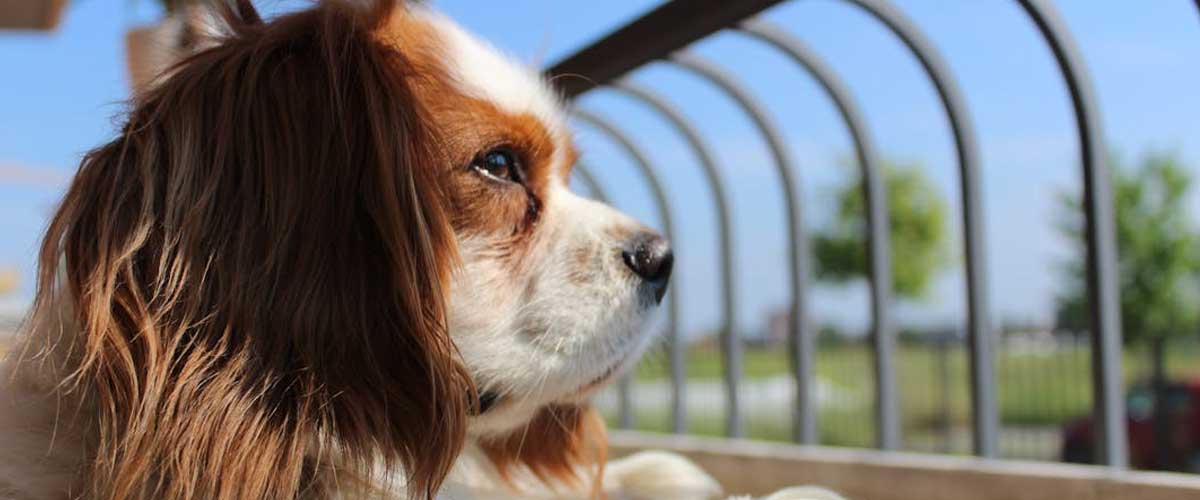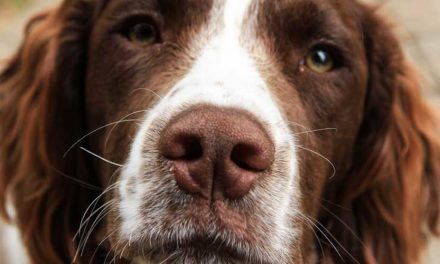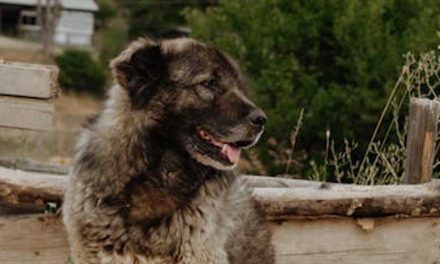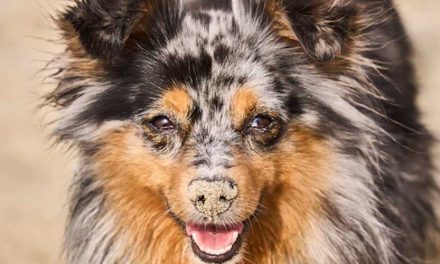The Cavalier King Charles Spaniel, often simply referred to as the Cavalier, is a charming and affectionate dog breed that has captured the hearts of many dog lovers around the world.
Known for their friendly demeanor and elegant appearance, these dogs make excellent companions for individuals and families alike.
History and Origins
The Cavalier King Charles Spaniel has a rich history that dates back to the 16th century.
It is believed that the breed originated in the United Kingdom and was popular among English royalty, particularly King Charles II, who was known for his deep affection for these dogs.
The breed’s name pays homage to this royal connection, as well as to the type of spaniel that thrived during that era.
Over the years, the breed has undergone various changes, particularly during the late 19th century when there was a strong desire to breed for distinct physical traits.
However, the signature characteristics of the Cavalier—a small, affectionate dog with a gentle disposition—have remained intact.
Physical Characteristics
Cavaliers are small dogs typically weighing between 13 to 18 pounds and standing about 12 to 13 inches tall at the shoulder.
They have a silky, medium-length coat that comes in several color combinations, including Blenheim (chestnut and white), tricolor (black, white, and tan), ruby (solid red), and black and tan.
Their large, expressive eyes and long, feathered ears contribute to their sweet and appealing look.
Temperament
What truly sets the Cavalier King Charles Spaniel apart is their loving and friendly temperament.
They are known for being gentle, adaptable, and eager to please, making them ideal family pets.
Social by nature, Cavaliers thrive on human interaction and are excellent with children and other pets.
Their affectionate personality often leads them to seek out companionship, whether it’s snuggling on the couch or following their owners from room to room.
Care and Training
Cavaliers require regular grooming due to their medium-length coats, which can mat if not maintained.
Brushing several times a week is recommended, along with the occasional professional grooming to keep them looking their best.
Additionally, these dogs have moderate exercise needs and enjoy daily walks and playtime.
Training a Cavalier can be a rewarding experience, as they are intelligent and eager to learn.
Positive reinforcement methods work best, and early socialization is crucial to help them develop into well-adjusted adults.
Their friendly disposition means they typically enjoy meeting new people and dogs, making socialization an enjoyable part of their training.
Health Considerations
Like many breeds, Cavalier King Charles Spaniels can be prone to certain health issues.
Potential concerns include heart problems, particularly mitral valve disease, as well as eye conditions and hip dysplasia.
Regular veterinary check-ups, a healthy diet, and exercise play vital roles in their overall health and well-being.
Conclusion
The Cavalier King Charles Spaniel is a delightful breed that brings joy and companionship to many.
Their affectionate nature and charming looks make them a popular choice for families and individuals alike.
With proper care, training, and a loving home, Cavaliers can thrive as cherished members of any household.
Whether lounging on the couch or playing in the park, these dogs surely know how to make life a little brighter.









